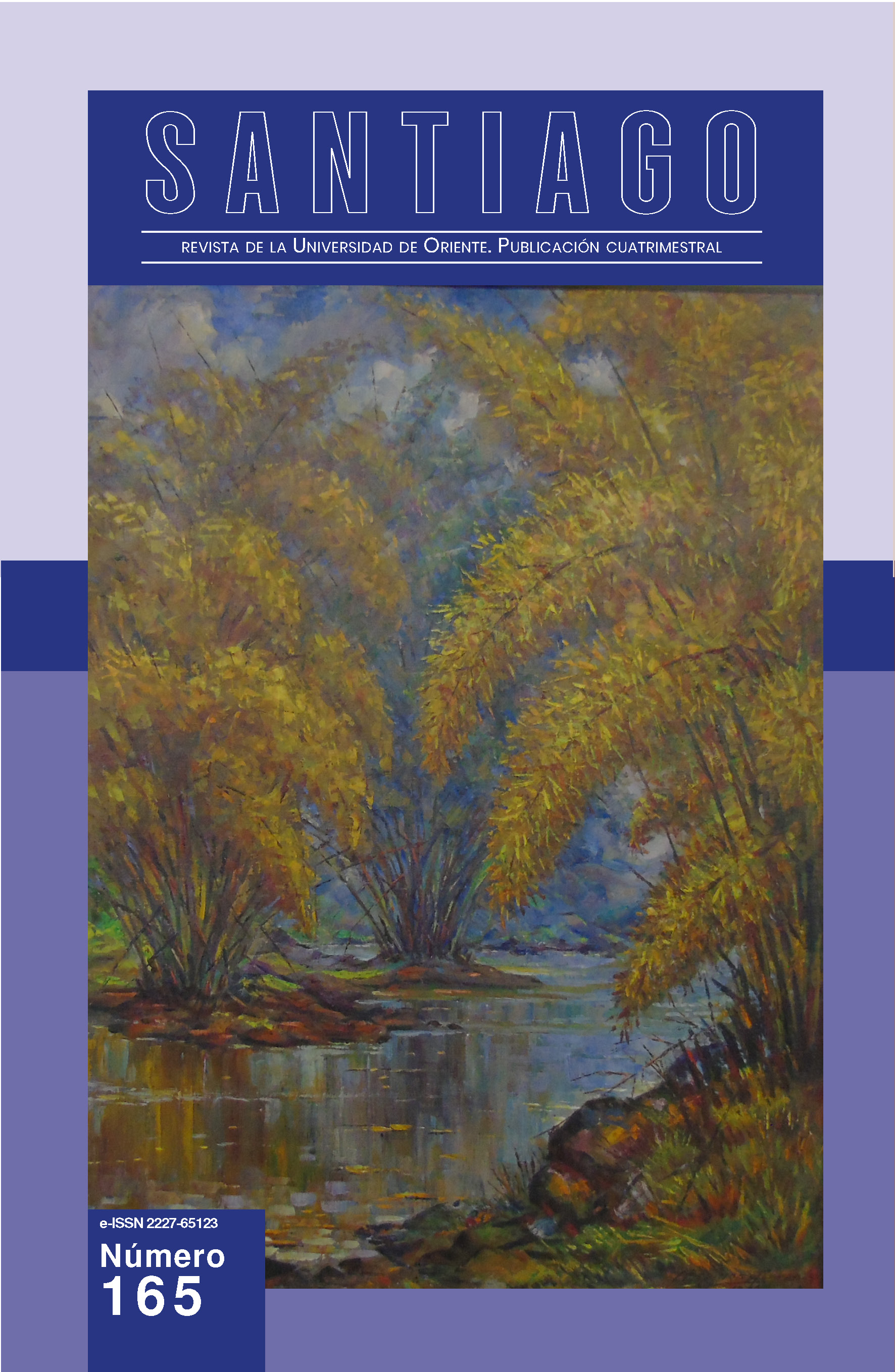An approach to the historical evolution of autism
Keywords:
autism, society, individual, dimensions, historyAbstract
This work takes a historical approach to the phenomenon of autism since its Genesis. It begins at the beginning of the 20th century, taking into account the change in conception that occurred in previous centuries about health and illness. The entire first half of the last century was focused on the identification and classification of the condition. Bleuer 1911 associates it with schizophrenia; However, it was Sukhareva in 1926 who was the first to characterize and differentiate it. Years later, in the 40s and 50s, the term was internationalized by Kanner and Asperger, and the DSM also appeared. In the second half of the 20th century, the three dimensions conceptualized by Wing as analytical instruments appear: the theory of mind, the deficit in central coherence and executive function. Also in this period, Ángel Rivière expands the analytical prism starting from Wing’s three dimensions, taking it to 12, which he uses as theoretical tools to intervene in autism. During these 24 years of the 21st century, the use of each of the intervention instruments has been perfected, and in 2014 the DSM5 was published.
References
Aguado Díaz, A. L. (1995). Historia de las deficiencias. Madrid: Escuela Libre.
Artigas-Pallarés, J., & Paula-Pérez, I. (2017). Deconstruyendo a Kanner. Revista de Neurología, 64(1), 9-15.
Asenjo Carbia, A. (2011). Autismo y etnografía: interacciones sociales en un centro educativo y terapéutico. Trabajo de investigación de segundo año presentado en el programa de Máster en Antropología y Etnografía (2009-2011). Departamento de Antropología. Facultad de Geografía e Historia. Universidad de Barcelona.
Belinchón, M., Hernández, J. M., y Sotillo, M. (2008). Personas con síndrome de asperger: Funcionamiento, detección y necesidades. Madrid: Centro de Psicología aplicada de la Universidad Autónoma de Madrid, Confederación Autismo España, Federación Española de Padres de Autistas y Fundación Once.
Benedict, R. (1934). Anthropology and the abnormal. Journal of General Psychology. Vol 10, 59-80.
Chamak, B. (2008). Autism and social movements: French parents” associations and international autistic individuals” organisations. Sociology of Health y Illness Vol. 30, Nº 1, 76,96.
Cuxart, F., & Jané, M. C. (1998). Evolución conceptual del término “autismo”: una perspectiva histórica. Revista de Historia de la Psicología, 19(2-3), 369-388.
Foucault, M. (2007). El nacimiento de la biopolítica. Fondo de Cultura Económica
García Villamisar, D., Cabanyes, J., Del Pozo, A., y Muela, C. (2006) Educación de personas con autismo. Madrid: Consejería de Educación. Comunidad de Madrid
Grinker, R. R. (2010) Commentary: On being autistic, and social. Ethos, 38(1), 172-178.
Gutiérrez, A. (2021) El autismo y sus metáforas: una aproximación antropológica, https://www.researchgate.net publication/352152260
Kanner, L. (1943). Autistic disturbances of affective contact. Nervous Child, 2, 117-150.
Manouilenko, I. y Bejerot, S. (2015) Sukhareva: Prior to Asperger and Kanner. NordicJournalofPsychiatry; Early Online:1-4.
Marx K. (1968). Introducción general a la crítica de la economía política / 1857. Córdoba. Ed. Pasado y Presente.
Martín, M. L. (2013). Lauretta Bender (1897-1987): una revisión histórica del tratamiento y diagnóstico de la esquizofrenia infantil. Revista de Historia de la Psicología, 34(4), 27-46
Milton, D. (2014). Autistic expertise: A critical reflction on the production of knowledge in autism studies. Autism 2014, Vol. 18(7) 794-802.
Palacios, A. (2008) El modelo social de discapacidad: orígenes, caracterización y plasmación en la Convención Internacional sobre los derechos de las personas con discapacidad. Colección Cermi Nº 36. Ediciones CincaPaula.
Quintana, A. (2006). Metodología de Investigación Científica Cualitativa. En Psicología: Tópicos de actualidad. (pp. 47- 82). Lima: UNMSM.
Ramos, M. A. (2010). ¿Qué es el autismo? La experiencia de padres inmersos en la incertidumbre. Intersecciones en Antropología Vol. 11 Nº 1, 73-88.
Rivera Domínguez, O., Guzmán Miranda, O., & Caballero Rodríguez, T. (2024). El capital cultural de la familia en el desarrollo social del niño. EduSol, 24(87), 111-126.
Villa Fernández, N., y Arnáu Ripollés, S. (2008) Iniciativas de vida independiente en España: Pasos para alcanzar un derecho humano. Actas Del VI Congreso Internacional de Filosofía de la educación “Educación, Conocimiento y Justicia”.
Waltz, M. (2003). Metaphors of autism, and autism as metaphor: an exploration of representation. Second global conference. InterDisciplinary Net.
Woods, R., Milton, D., Arnold, L., y Graby, S. (2018). Redefiing Critical Autism Studies: A More Inclusive Interpretation.” Disability y Society 33 (6):974–9. DOI:1 0.1080/09687599.2018.1454380
Downloads
Published
Issue
Section
License
Copyright (c) 2024 Oseiby Rivera-Domínguez, Armida Concepción-García

This work is licensed under a Creative Commons Attribution-NonCommercial-NoDerivatives 4.0 International License.
CC Reconocimiento-NoComercial-SinObrasDerivadas 4.0



.jpg)

_de_logo.jpg)













